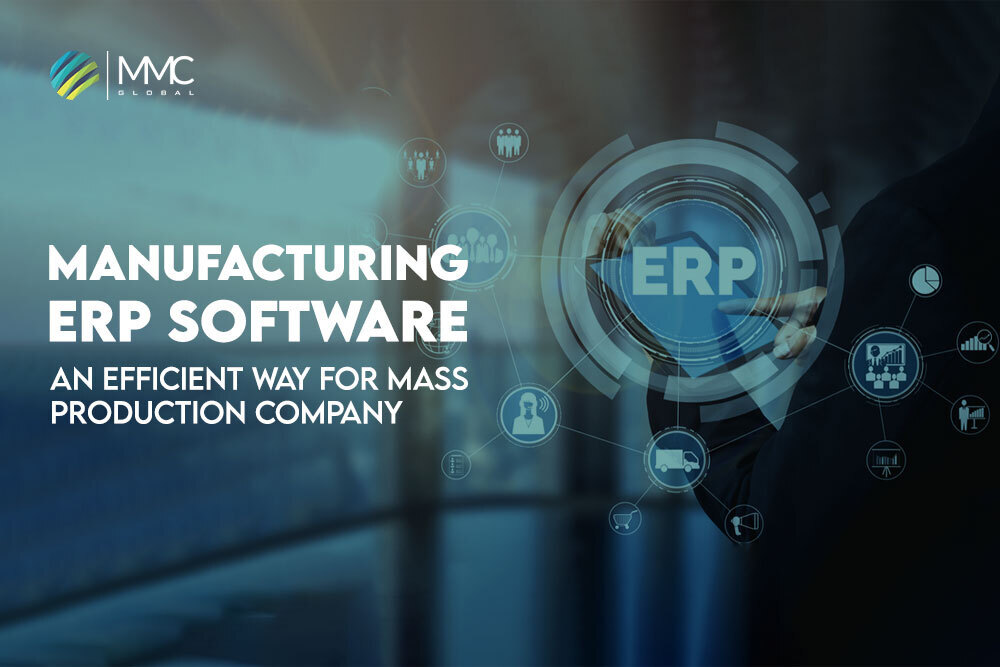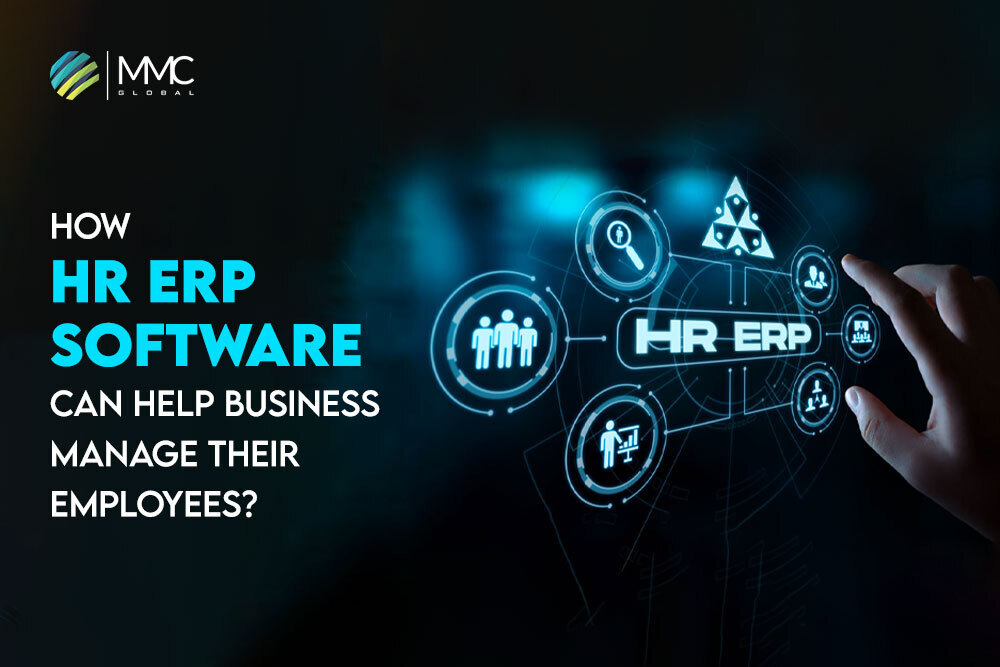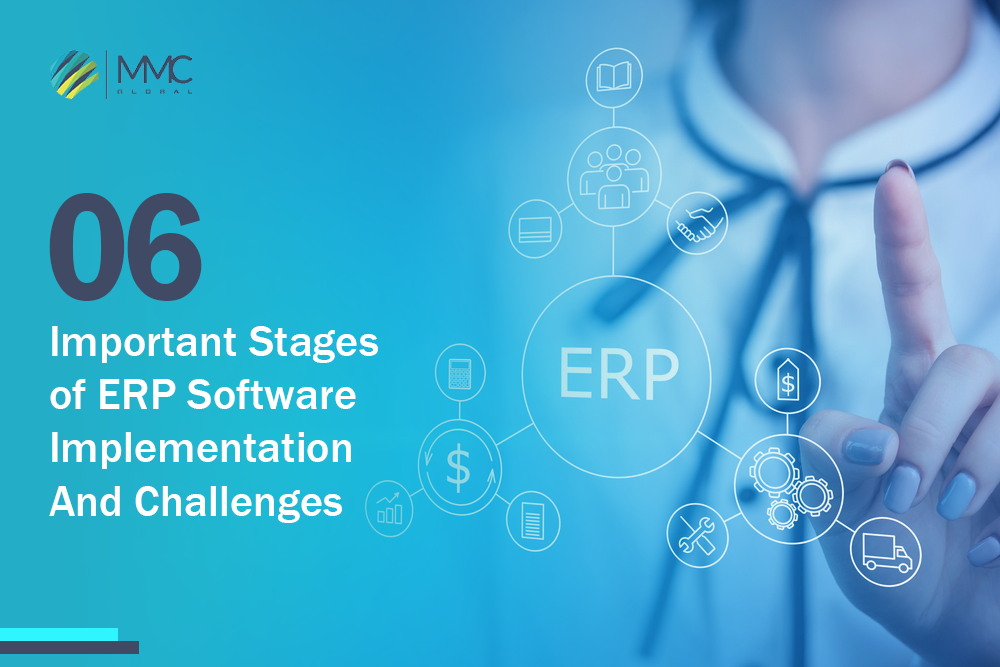Enterprise resource planning or ERP software transforms the business manual environment into an automated one. Leading and top-notch businesses can only help manage customers and employees if they implement ERPs. The ERP industry is still seeing tremendous growth; by 2025, analysts anticipate it will reach a value of about $49.5 billion.
The existing ERP software in the market is based on new technology and an updated database. But as soon as technology revamps or updates, the current ERP software also needs upgradation to be market competitive. ERP software has been helping businesses for ages, which is why many companies have old ERP software that needs to be transformed by integrating with the latest tech stack and database.
Moreover, the importance of modernizing ERP software is to fructify your daily operations, enhance employees’ productivity, analyze customer behavior, etc. Let’s see the reason to revamp legacy ERP software into a modern ERP software solution.
Reason to Transform Legacy ERP into Modern ERP Software
The primary reason to transform your legacy ERP is to make it market competitive by making it more feature-rich and functional. It can only happen if we entirely change the software or migrate it to other tech stacks.
Thinking about modernizing ERP software for your business is not enough; it needs expert consultation, deep analysis, thorough planning, and much more. It must be quite a long process, but worth it to implement it.
At MMCGBL, we are an experienced ERP software development company that develops industry-specific customized ERP software. We provide a consultation before starting over any project. By using our best practices, we rock with our designs, flawless development, and easy deployment.

With so many years of working, here we’ve analyzed a few of the reasons that assure you that your ERP must need to be revamped and transformed with upgraded technology.
Excessive Use of IT Resources
Many legacy systems need to be overseen by IT resources in terms of making updates or continuous maintenance. As the system is old, there is a frequent need for manual assistance that requires additional IT resources. Ultimately, the ERP will no longer be cost-effective for your business. Once you analyze this lag in ERP performance, you will never regret modernizing your ERP software.
Unable to Integrate with Other System
Legacy ERPs are less able to integrate with other functional tech-enabled systems. It causes the decentralization of information and a shareable platform from one department to another. They have been isolated and unaccompanied environments that can not accept modern-world integration and APIs. There is no bridge to transfer and share data to connect one system to another.
New World Regulation and Policies
Complying with current privacy laws, such as GDPR or CCPA, or even with the business’ security or privacy policy, is one of the difficulties outdated ERP systems provide.
These systems are now challenging to modify since they were just not designed with any of that in mind. In order to comply with GDPR, for instance, you must be able to identify the individuals who have access to personal data, which is sometimes impossible with outdated systems.
Inadequate & Weak Security
Today’s security in applications and software has high standards functionality that helps them to keep protected from any vulnerabilities. But in legacy ERP systems, the element of security is missing, which is why businesses need to bear the extensive risk if they do not modernize their ERP. Security is a major concern for every business as they have a pile of confidential customer and employee records in ERP.
Unscalable and Least Functionality
The need for advancement is undeniable in any technical solution. When technology comes up with out-of-the-box features and functionalities that fulfill people’s needs, they are eager to adopt them. Similarly, new functionalities and features are essential as the demand increases. The legacy ERP is not scalable enough to adopt new features and integrate them with the latest APIs.
Approaches for Modernize Legacy ERP Software
You can take 2 approaches to make your ERP more functional and advanced by using the ERP migration process. Here are they:
Read More: Healthcare ERP Software: Why Do Healthcare Organizations Need To Integrate It?
One-Time Migration
You can totally change the environment of your legacy app with one-time migration. It is a long process and takes time, but you can be ready with your fully functional ERP on a one-time process.
Parallel Adoption
When the legacy app is integrated or works parallel to the new ERP, that is the parallel adoption approach. Employees may face difficulty adopting new ERP, so they use the parallel approach without removing the legacy ERP, which implements new ERP software. By using this, employees gradually learn new ERP software systems.
Legacy ERP software modernization can be a complex and challenging process. However, with the right approach, it is possible to transform your outdated ERP system into a modern, efficient solution. Here are a few steps to modernizing legacy ERP software with the above-chosen approach:
Evaluate Your Current System
Before embarking on a modernization project, you need to understand the strengths and weaknesses of your current system. It will help you identify areas that need improvement and develop a roadmap for modernization.
Define Your Objectives
Clearly define your modernization objectives and prioritize them. This will help you to focus on the most important areas and avoid unnecessary expenses.
Choose the Right Modernization Strategy
There are several modernization strategies, such as re-platforming, re-hosting, re-architecting, and replacing. Choose the strategy that aligns with your modernization objectives and budget.
Read More: Why Does the Application Modernization Process Fails: 5 Reasons That You Need To Know
Consider Cloud Adoption
Moving your ERP software to the cloud can offer several benefits, including scalability, flexibility, and cost savings. Cloud-based ERP solutions also provide the latest security features and regular updates.
Involve Stakeholders
Involve stakeholders in the modernization process, including end-users, IT teams, and management. Their input can provide valuable insights into the challenges and opportunities of modernization.
Work with an Experienced Vendor
Partnering with an experienced ERP vendor can help you to develop a successful modernization strategy. They can provide valuable insights into best practices, offer customized solutions, and provide ongoing support.
Test and Validate
Before implementing any changes, thoroughly test and validate your new system to ensure it meets your modernization objectives and business requirements.
Modernizing legacy ERP software requires careful planning, stakeholder involvement, and a clear understanding of your modernization objectives. By following the above methods, you can transform your outdated ERP system into a modern, efficient solution that meets the needs of your business. If you need any assistance, you can reach us to get expert advice and consultation.



